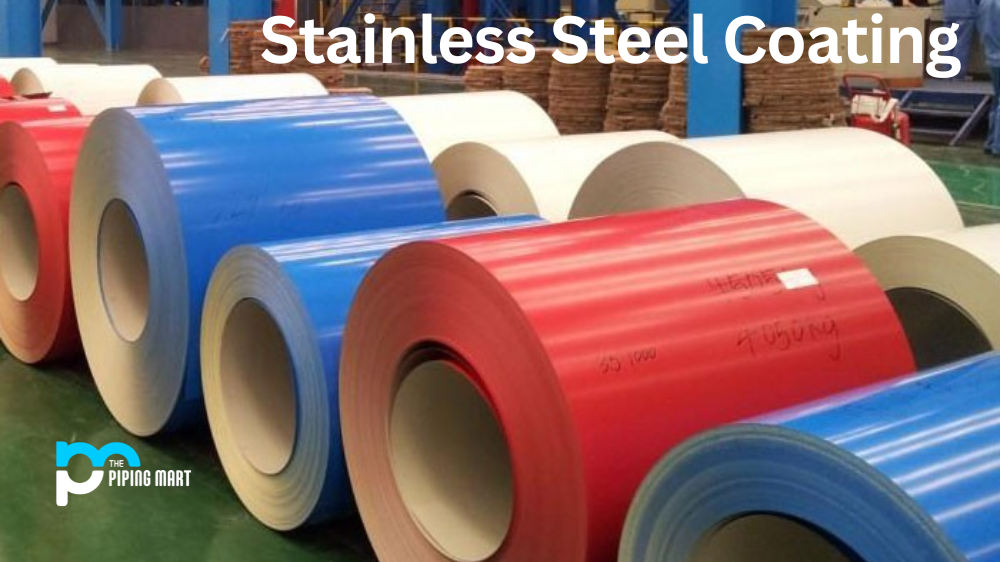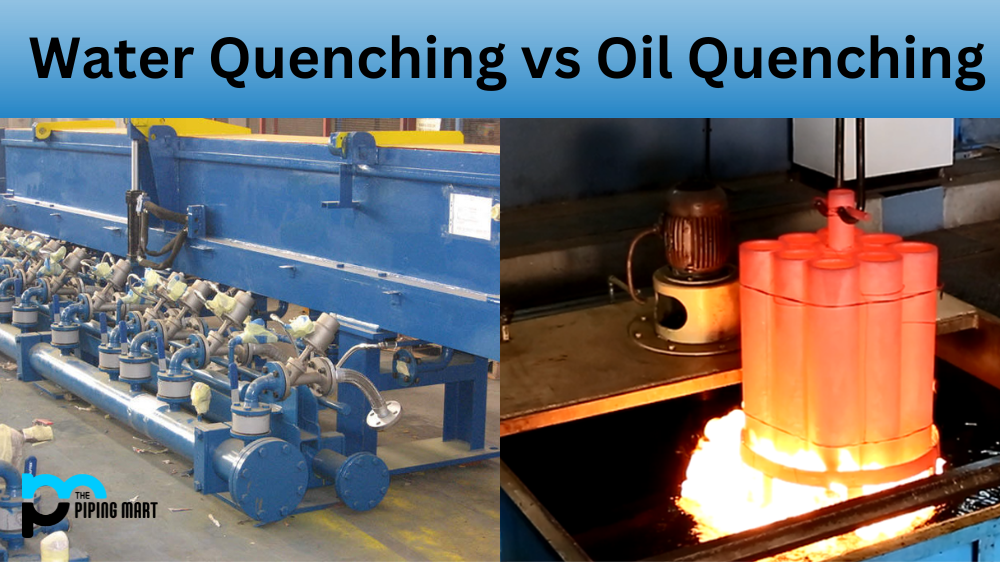Stainless steel is one of the most versatile materials in the world, used in various industries such as construction, automotive, aerospace, and food processing. However, stainless steel is not completely immune to corrosion, which can lead to structural damage, safety hazards, and loss of productivity. To address this issue, researchers and manufacturers have developed new and improved coating technologies that enhance the performance and longevity of stainless steel. This blog post will explore some of the latest innovations in stainless steel coating technologies and their applications in various industries.
What is Stainless Steel Coating?
Stainless steel coating is a technology that involves applying a thin layer of metal, typically chromium or nickel, onto the surface of steel to enhance its properties. This process not only improves the visual appeal of the steel but also provides various functional advantages, such as increased resistance to corrosion, wear and tear, and heat. Let’s dive deeper into this fascinating world of stainless steel coatings.
To begin with, let’s understand why stainless steel is often coated in the first place. Despite its name suggesting otherwise, stainless steel is not entirely resistant to stains and rusting. It can rust over time when exposed to certain environmental conditions or strong chemicals. This limitation led to the development of stainless steel coating as a protective measure against such factors.
Innovations in Stainless Steel Coating Technologies
Nano Coatings
One of the most promising developments in stainless steel coating is nano-coatings. Nano-coatings are ultrathin layers of special materials that provide high protection against corrosion, wear, and heat. These coatings can be applied to stainless steel via various methods, including spraying, dipping, and electroplating. Nano-coatings have several advantages over traditional coatings, such as higher durability, better adhesion, improved resistance to chemicals and UV radiation, and a smoother and more uniform surface. Nano-coatings are used in various industries, from automotive and aerospace to biomedical and electronics.
Self-Healing Coatings
Another innovative approach to protecting stainless steel from corrosion is self-healing coatings. Self-healing coatings contain tiny capsules filled with a healing agent, such as a polymer or an oil. When the coating is damaged, these capsules rupture and release the healing agent, which seals the crack or hole and prevents further corrosion. Self-healing coatings are particularly useful in harsh environments with high corrosion risk, such as offshore oil rigs, chemical processing plants, and marine applications.
Ceramic coatings
Ceramic coatings are another type of coating that can provide excellent protection for stainless steel. Ceramic coatings are made of ceramic materials highly resistant to heat, moisture, chemicals, and abrasion. These coatings are typically applied to stainless steel via thermal or plasma spraying, creating a tough, hard, and dense layer that can withstand harsh conditions. Ceramic coatings are commonly used in industrial applications, such as power generation, mining, and petrochemicals.
PVD coatings
Physical Vapor Deposition (PVD) is a coating technology that involves depositing a thin material layer onto a substrate (in this case, stainless steel) using a vacuum chamber and a high-energy source, such as an arc or a laser. PVD coatings can provide various benefits, including superior adhesion, high hardness, low friction, and improved resistance to wear and corrosion. PVD coatings can be applied in various colors and finishes, making them popular in decorative and architectural applications.
Anti-Fingerprint Coatings
Anti-fingerprint coatings are a special type of coating that can reduce the visibility of fingerprints and smudges on stainless steel surfaces. These coatings create a hydrophobic and oleophobic layer that repels water, oils, and other substances that can cause fingerprints. Anti-fingerprint coatings are often used in consumer products, such as appliances and electronic devices, where appearance is important.
Conclusion:
In conclusion, innovations in stainless steel coating technologies are making stainless steel an even more valuable material for various industries. From nano-coatings and self-healing coatings to ceramic coatings, PVD coatings, and anti-fingerprint coatings, there are multiple options for improving stainless steel’s performance, durability, and aesthetics. Whether designing a high-performance engine, a medical device, or a kitchen appliance, the right coating can help you achieve your goals. So, keep an eye on the latest developments in stainless steel coating technologies and take advantage of their benefits.

Hey, I’m Krutik, a casual blogger expert in the metal industry. I am passionate about providing valuable information to my readers. With a background in engineering and construction, I like playing Cricket & watching Netflix shows in my free time. Thank you for visiting my blog, and I hope you find my information helpful!




